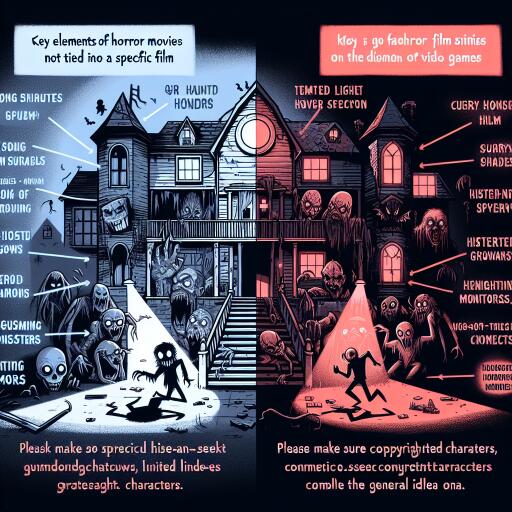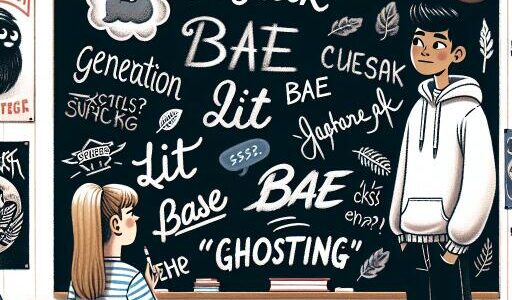The Influence of Horror Movies on the Game Design of Horror Games | HNN
Exploring the intricate relationship between horror films and video games unveils a captivating narrative of cross-medium influence, where each draws from and enriches the other. Horror, as a genre, seeks to unsettle its audience, stirring up fear, suspense, and a thrill for the morbidly unknown. While horror movies encapsulate this essence through a combination of visual and auditory storytelling within a somewhat passive experience, horror games employ a more hands-on approach, roping in the player into a world that’s as immersive as it is terrifying.
The art of storytelling, a fundamental aspect where horror movies have long excelled, has seamlessly transitioned into the realm of video games. Films that unnerved audiences with their suspenseful narratives and terror-laden sequences have become blueprints for horror video games, fostering a landscape where interactive narrative and player agency stand paramount. Games like Until Dawn (2015) epitomize this shift, offering branching storylines influenced by player decisions, akin to the narrative complexities seen in nonlinear movies.
Another narrative device borrowed from the cinematic world is the unreliable narrator, a construct that introduces ambiguity and psychological depth to the storyline. It challenges the audience to question the reality presented, enhancing the eeriness of the unfolding horror. The psychological twists reminiscent of movies like “Fight Club” are observed in games such as Silent Hill 2 (2001), where the protagonist’s distorted memories contribute to a thickening plot shrouded in mystery.
Symbolism and foreshadowing, too, play pivotal roles in layering the narrative with deeper meanings and anticipatory dread. Games like The Last of Us employ environmental storytelling and symbolic references to build tension and enrich the narrative, a technique inspired by the thematic depth seen in horror films such as “The Sixth Sense.”
Characterization remains crucial, as horror’s impact is profound when the audience feels a connection to well-crafted characters. Video games like Resident Evil provide rich backstories through various narrative devices, drawing players into the characters’ struggles. This approach to character development mirrors that of horror movies, where understanding the protagonist’s backstory intensifies the horror experience.
Atmosphere in horror is everything, comprising elements like set design, lighting, and sound, each meticulously crafted to enhance the sense of dread. Influenced by iconic horror films, games have adopted similar strategies to unsettle players. Techniques such as the use of first-person perspectives and limited visibility—inspired by films like “The Blair Witch Project”—are prevalent in games like “Outlast” to amplify feelings of vulnerability and fear.
Sound design is another art form where horror games draw heavily from their cinematic counterparts. The impactful use of soundtracks, ambient sounds, and strategic silence—techniques mastered in horror cinema—are integral to crafting the immersive audio landscapes in games like “Silent Hill,” heightening the player’s sense of unease and anticipation.
Monsters and antagonists in horror games often reflect the fears and anxieties introduced by their movie monster progenitors, from their physical design to the psychological terror they embody. The Resident Evil series, for instance, showcases creatures that could very well have leapt from the silver screen, evoking a palpable sense of alarm and urgency that keeps players perpetually on edge.
Moreover, the construction of horror antagonists in video games frequently mirrors the complex villains of horror movies, providing a narrative richness that elevates them beyond mere obstacles to pivotal elements of the story. Their backstories and motivations deepen the horror experience, offering a narrative complexity that enriches the game beyond simple jump scares.
In essence, the influence of horror movies on video game design is multifaceted, extending from narrative techniques and atmospheric crafting to sound design and character creation. This symbiotic relationship not only enriches the horror genre as a whole but also ensures that as one medium evolves, it pushes the other toward greater innovation and sophistication. With the continuous advancement of technology and storytelling methods, the future promises an even more enthralling crossover of horror experiences between films and games, widening the doorway to unexplored terrains of fear and excitement.









